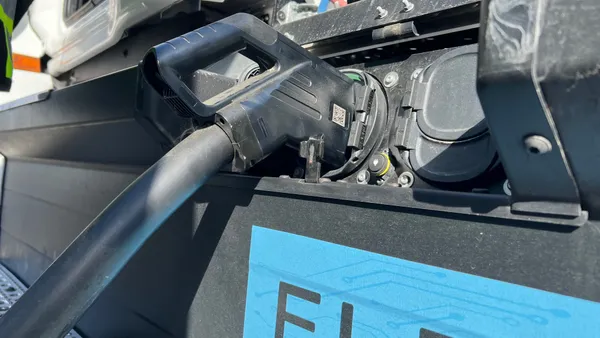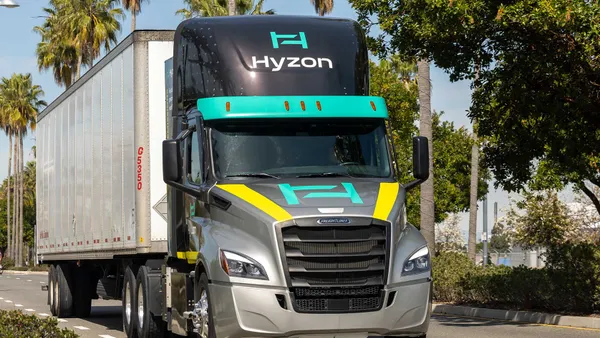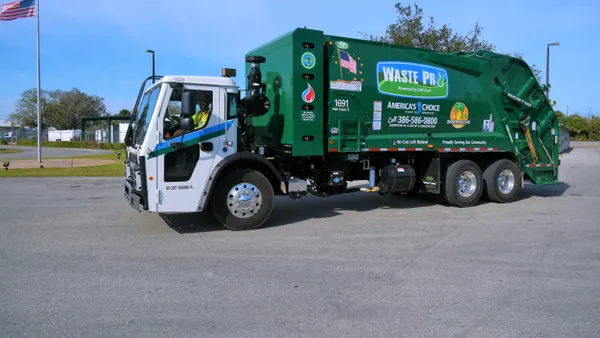Dive Brief:
-
The Environmental Protection Agency (EPA) launched the "Cleaner Trucks Initiative" Tuesday with the aim of reducing nitrogen oxide emissions from heavy trucks and publishing a new proposed rule for tighter federal nitrogen oxide (NOx) emissions standards by 2020, according to a Tuesday press release issued by the agency.
-
The initiative will also "cut unnecessary red tape while simplifying certification of compliance requirements for heavy-duty trucks and engines," according to the release.
-
“The U.S. has made major reductions in NOx emissions, but it’s been nearly 20 years since EPA updated these standards. Through rulemaking and a comprehensive review of existing requirements, we will capitalize on these gains and incentivize new technologies to ensure our heavy-duty trucks are clean and remain a competitive method of transportation,” said Acting EPA Administrator Andrew Wheeler in a statement.
Dive Insight:
The Trump administration has not been known for tightening emissions standards — in fact, quite the opposite.
Regarding emissions from trucks, past actions by the Trump EPA have demonstrated a conflicted point of view. In early July, the administration allowed the use of a loophole to remove the cap on the number of "glider trucks" —trucks built by attaching a new body to an old diesel engine — known to generate 40 times more emissions than other models. By late July, the administration had reversed that policy and reinstated a production cap.
“Today’s announcement makes clear that reducing nitrogen oxide emissions from heavy-duty vehicles is a clean air priority for this administration,” said EPA Office of Air and Radiation Assistant Administrator Bill Wehrum, in a statement.
EPA last revised these standards for on-highway heavy-duty trucks and engines in January 2001. The move to revise them by 2020 could be a step toward more standardized regulations across the country, since currently emissions standards for heavy trucks vary greatly with California's much lower than the rest of the country.
New standards, however, will come with deregulation too in the areas of, "onboard diagnostic requirements, cost-effective means of reassuring real-world compliance by using modern and advanced technologies, the deterioration factor testing process, and concerns regarding annual recertification of engine families."












